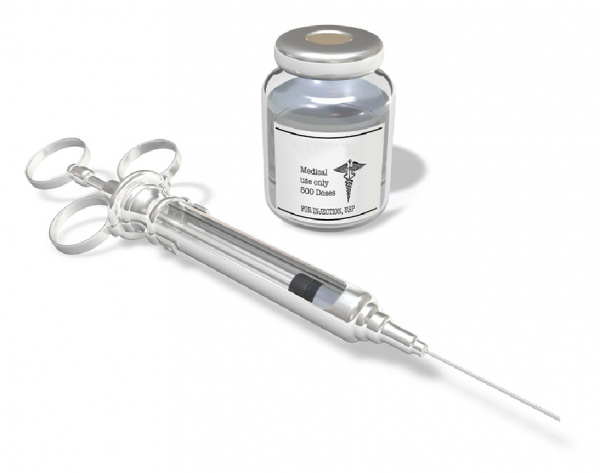Insulin Glargine
Why has my veterinarian prescribed this medicine?
Insulin glargine is a long-acting insulin used in cats with diabetes mellitus to help regulate blood sugar.
How do I give this medication?

"An overdose could seriously harm your cat."
- This medication is injected under the skin (subcutaneously) usually twice a day. Read the label carefully.
- Allow the medication to come to room temperature before injecting. This medication does not need shaking or swirling.
- Ensure your veterinarian has demonstrated the proper technique for withdrawing the insulin and proper injection technique.
- Do not dilute or mix glargine insulin with diluents or other medications.
- Measure the dose with reasonable care. Double-check the dose in the syringe. An overdose could seriously harm your cat. The dose is generally only a few units of insulin and the gradations on a syringe are tiny.
- Try to give this medication at about the same time each day.
- Do not give the pet more insulin than directed and do not give more often than directed.
- Try not to miss giving any doses. It is a good idea to keep two vials of insulin on hand, just in case one is broken or you run out over a weekend or holiday.
- Be aware of your pet's normal behavior. This will help determine when something is wrong. If your pet is not acting normal, suspect low blood sugar (hypoglycemia). You may wish to carry packets of honey, packets of sugar or a small bottle of corn syrup for emergency administration when leaving home with your pet.
What do I do if I miss giving a dose?
Give the dose as soon as possible. If it is almost time for the next dose, skip the missed dose, and continue with the regular schedule. NEVER give the cat two doses at once.
How do I store this medicine?
- Keep this medicine out of reach of children.
- Store the insulin in the refrigerator at 2 to 8°C. Do not freeze. Discard glargine insulin if it freezes.
- Insulin glargine is stable for 28 days at room temperature if protected from direct heat and light and if the storage temperature does not exceed 30°C.
What are the potential side effects?
- The most common side effect is hypoglycemia (low blood sugar). Symptoms include the following: weakness, shaking or trembling, head tilting, drowsiness, and inability to coordinate muscle activity. Left untreated, it can progress to seizures, blindness, bizarre behavior and coma.
- Other side effects include restlessness, hunger and muscle twitching.
- If you notice anything unusual, contact your veterinarian.
Are there any possible drug interactions?
- Make sure to tell your veterinarian what other medication you are giving to your cat.
- Quite often, your veterinarian may prescribe two different medications, even if a drug interaction may occur. In this case, your veterinarian may vary the dose and/or monitor your pet more closely.
- Report any unusual symptoms to your veterinarian.
|
© Copyright 2009 Lifelearn Inc. Used and/or modified with permission under license. |






